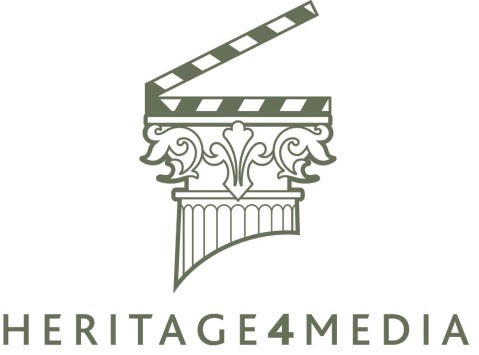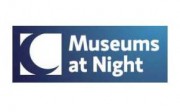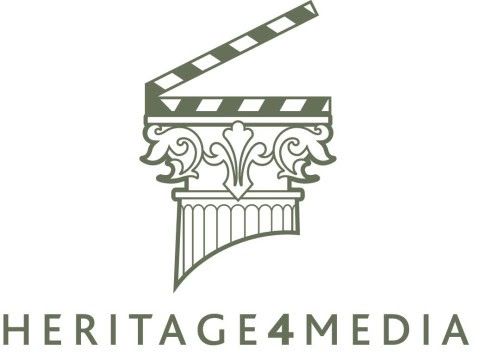 Most museums aim to increase access to their collections. Store visits sit alongside temporary exhibitions, loans, talks, handling sessions and a range of other activities that support us to do this. These services can help to achieve a variety of other aims and objectives too. But how many of us have considered exactly what outcomes we would like to achieve from our stores visitor experience? The Behind Closed Doors project has been exploring how museums can use stored collections and the stores experience more strategically…
Most museums aim to increase access to their collections. Store visits sit alongside temporary exhibitions, loans, talks, handling sessions and a range of other activities that support us to do this. These services can help to achieve a variety of other aims and objectives too. But how many of us have considered exactly what outcomes we would like to achieve from our stores visitor experience? The Behind Closed Doors project has been exploring how museums can use stored collections and the stores experience more strategically…
In the final months of our Behind Closed Doors project, the four participating museums are working to implement some of the recommendations made by consultant Kate Measures following her visits to their stores.
Throughout the project we have shared advice, resources and learning with the sector more widely. The popular Behind Closed Doors mini toolkit went international and was downloaded as far afield as Australia. Likewise, Behind Closed Doors in the West Midlands showcased the brilliant and innovative work taking place on our doorstep.
In this post we want to reveal some of the invaluable advice Kate gave to our participating museums in their project report. If you currently provide access to stored collections or are contemplating creating a stores visitor offer, these general tips offer excellent guidance. They will support you to make an effective business case for a new or improved stores experience.

Kate Measures visiting the stores at Wolverhampton Art Gallery.
A good place to begin is by spending time thinking strategically: how does access to your stores or stored collections fit into your wider organisational strategy? Even a brief team session will help to focus your energy, effort and resources on what you really want to achieve. Kate says,
“The stored collections visitor experience could help your organisation to achieve a multitude of things but what is its place now (amongst all the other things you offer) and what would you like it to be?”
This doesn’t have to be a huge piece of work, but it is a useful exercise. Co-ordinating stores visits can take up a relatively large amount of staff time, delivering a high quality experience to comparatively few people – this probably takes a lot more time than you are able to devote to your average museum visitor. The result can be an amazing and unique experience for visitors, supporting you in myriad ways. However, because this service is resource intensive, it is important to know what you would like to achieve at the outset.
Questions you might want to consider include:
- Why do you provide access to stored collections?
- What would you really like to happen as a result?
- What do you want people to think, feel, know or do as a result of a stores visit? Or what could it do for your organisation?
- Who visits at the moment? And who doesn’t?
- How do people find out about your current provision?
A quick SWOT analysis (strengths, weaknesses, opportunities and threats) is a useful tool to assess your current stored collections visitor experience. It will help you to celebrate things you do really well and identify quick wins for improvement. There are different ways you could approach this, depending on the focus that has emerged from your initial conversation:
- From the perspective of your own staff or volunteers. Is this a great opportunity to share someone’s knowledge and passion? Do you have the right skills to deliver store tours? Does this offer scope to engage volunteers in new ways? Is it a priority for your time?
- From the perspective of current and potential visitors. Try to step into their shoes and see the experience from their point of view. It might be helpful to walk around the stores as you would with a group. Is this a special experience? Is it easy for people to find out about it? Is this an opportunity to build new relationships, or deepen ones with existing groups? Does the space feel welcoming?
- Think about your visitor experience strategically as an organisation. Does providing access to collections help to achieve your core purpose? Does it have set expected outcomes? Do you evaluate this work? Are there opportunities for evidence based advocacy to build support for the stored collections visitor experience? Are store visits understood and supported by senior management?
Top tip: If you decide to develop your stores experience further, why not arrange to visit another museum’s stores to see what they offer. See our toolkit and case studies for ideas of stores to visit.






